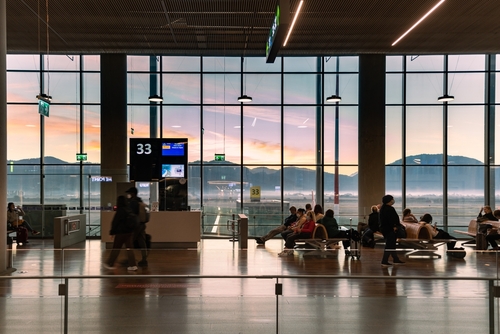

This article is only available to Macro Hive subscribers. Sign-up to receive world-class macro analysis with a daily curated newsletter, podcast, original content from award-winning researchers, cross market strategy, equity insights, trade ideas, crypto flow frameworks, academic paper summaries, explanation and analysis of market-moving events, community investor chat room, and more.
We track scheduled flights (what’s planned) and tracked flights (what took off) from a sample of the largest airports across the world.
Looking at data up to 30 August:
- Global departures remain around 85% of 2019 levels, with the decline from the summer highscontinuing in line with historic seasonality (Chart 1).
- Asian departures dropped this week (-3.6%), with Chinesedepartures particularly badly hit. Shanghai (-12%), Beijing (-10%), and Hong Kong (-4%) constituted the three worst performers of the week out of the airports we consider (Chart 4).
- The decline comes as China sustains its zero-Covid policy. Recently, this has included banning 26 flights from the US due to outbreaks. This has, in turn, triggered a tit-for-tat response, with the US responding by blocking an equal number of flights to China (set for 5-28 September).
- Bert expects limited chance of China changing tack on zero-Covid rules until at least the critical CCP National Congress in November.
- By contrast, last week departures climbed in Europe (+1.9%) and the US (+1.3%). For Europe, it has been a summer of great disruption due to strikes and staff shortages. These frictions now appear to be fading, but there continue to be cuts to departures, while passenger caps have been extended at Schiphol and Heathrow.
- For more information on recent changes in COVID cases, please see our weekend report.
Information on long-term movements in-flight data is available below.
